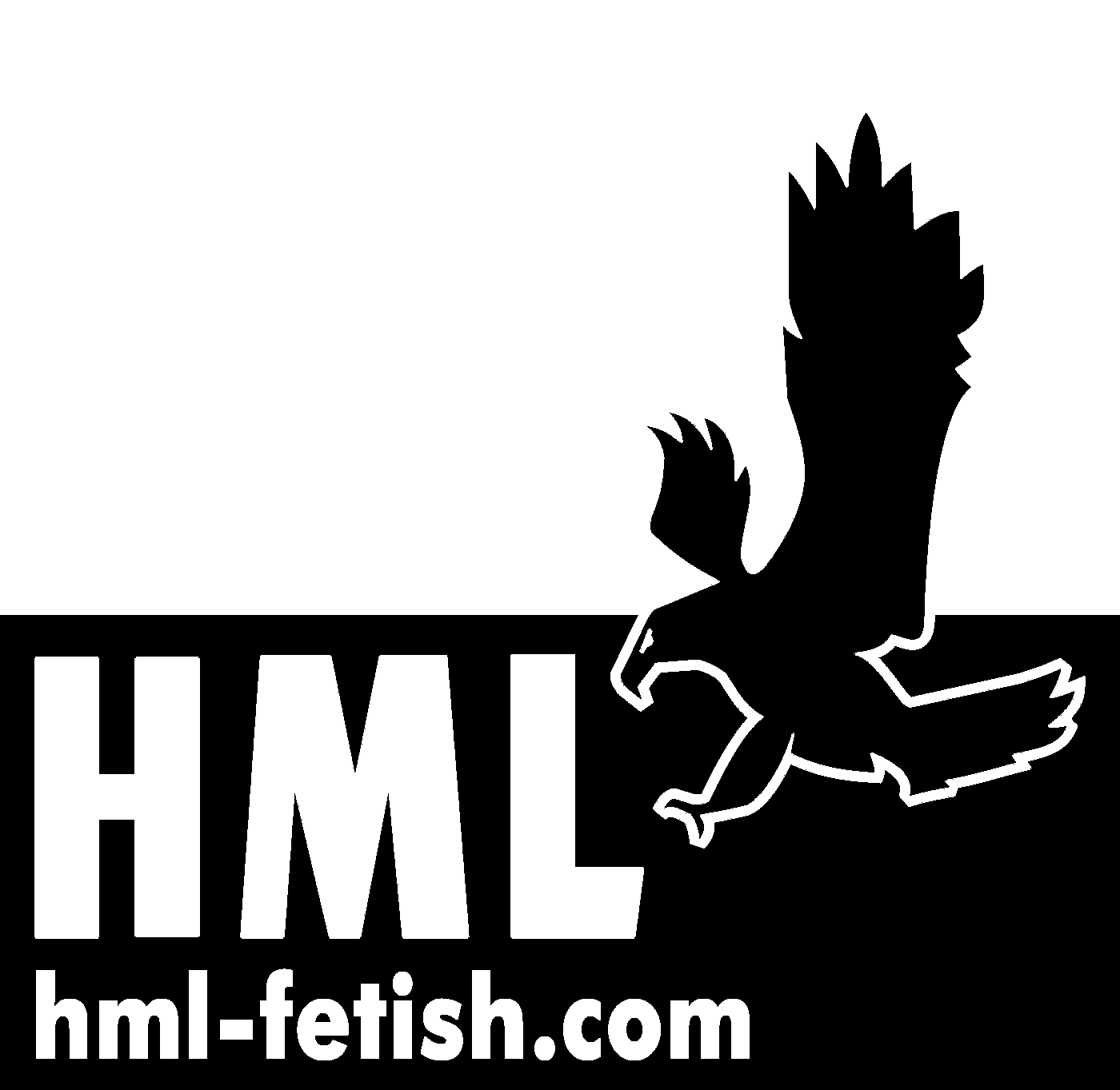The rainbow-flag
The rainbow-flag has a long tradition and was used in many cultures worldwide as sign for tolerance, diversity hope and desire. This meanings come from the rainbow as symbol of biblical promise. Since the 1970th the rainbow flag is an internationonal gay-lesbian symbol. Thereby the original meaning of common tolerance against humans, cultures, religions etc. will be neglected.
The rainbow-flag was designed 1978 by the US american Gilbert Baker. It shall present as a symbol for lesbian and gay pride and also the diversity of this way of living. At the funeral of Judy Garland (an actress which was very popular under gay people and lived as a hidden lesbian) in 1969 some gays wore rainbow-flags. They were an allusion to one of her most well-known songs »Somewhere over the Rainbow«, a song about a place, »where all is better and fairer«. If the rainbow flag is originated from that event, is disputed. But surely Baker was influenced by this story, as he created the flag.
The original version of the flag was composed from eight stripes. The glaring pink, dyed by baker himself was not produceable by the industry, so the flag couldn’t be printed in bulk and must be reduced to seven stripes. As the flag was used in November 1979 for the protest- and funeral-march for Harvey Milk, the committee removed the violet stripe, to share the remaining stripes equally along the parade route three colors on each side of the street. The rainbow flag also was displayed invers, from violet to red, to underline the otherness of the homosexuals additionally. After the feminists choosed violet as their colour, the rainbow was turned again. Red was top with immediate effect.

